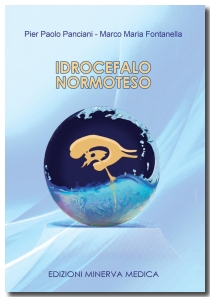Background: Gait disturbance (GD) is usually the first and most prominent symptom observed in idiopathic normal pressure hydrocephalus (iNPH). The reversibility of symptoms is related to early diagnosis and treatment. Nowadays early recognition of patients is challenging because GD in the elderly is frequently neglected, leading to late diagnosis and increased disability. In addition, GD is generally assessed by clinical evaluation since computerized gait analysis methods are rarely available. In the present study, we demonstrate the clinical application of an inertial sensor system for gait analysis in iNPH.
Aim: The primary aim was to test the sensor performance in quantifying impairment in gait parameters in iNPH. The secondary aim was to detect a range of improvement after CSF subtraction test, which could be considered as predictive of favorable shunt response.
Design: We performed a case-control prospective study from March 2012 to May 2014.
Population: We enrolled 79 patients with clinical and radiological findings of iNPH and 300 healthy adults over 70 years old without GD as a control group.
Methods: We performed gait analysis, CSF Tap Test (TT), and shunt surgery in all patients with a diagnosis of iNPH according to the International Guidelines. According to clinical outcomes, we divided patients in responsive (group A) and non-responsive (group B). We then compared pre-operative gait analysis of group A with the control group, and calculated the percentage of improvement after TT between group A and group B.
Results: Shunt surgery was performed in 52 patients. After 3 months, 35 patients (group A – 67.3%) showed a positive response to shunt. We quantified the impaired gait parameters in iNPH and assessed the differences with controls. Improvement of speed, stride length and double support time after TT was predictive of positive shunt response.
Conclusions: The proposed inertial sensor system is a reliable and easy-to-use system for early detection of iNPH and may be used in any clinical setting.
Clinical rehabilitation impact: Identification of a GD pattern for iNPH, especially in rehabilitation, may be useful for recognizing patients who are candidates for surgery, thus avoiding permanent disability.

